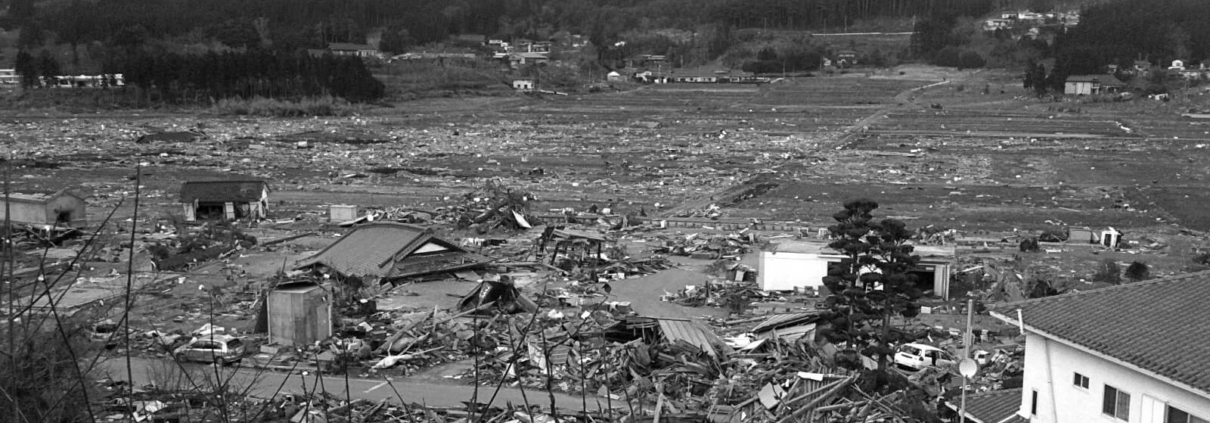Pt. 8: With Disaster came the Spotlight, but People Didn’t Stay
Population in 2011: 128 million people
The countryside was all but forgotten until the 3.11 disaster, which put a spotlight on how already-shrinking communities were blindsided by tragedy. The Tohoku earthquake, tsunami, and nuclear disaster that decimated entire cities across the coastline in Northeastern Japan was in some ways a wake-up call that the Japanese countryside was in dire straits.
The official figures released in 2021 reported 19,759 deaths, 6,242 injured, and 2,553 people missing. Even before that data was released, a report from 2015 indicated 228,863 people were still living away from their home in either temporary housing or due to permanent relocation.
Volunteers from across the country and overseas came to Japan’s aid, and made valiant efforts to save lives and help people who suddenly lost their home, community, and livelihood.
Personally, I felt helpless. Even in Tokyo, the earthquake and aftershocks were terrifying, and the entire mood of the Japanese populace was altered by the constant reports of death, destruction, and a lingering fear of what might happen if we would be the next target of a massive earthquake. There were persistent rumors, panic buying, and a mass exodus of Japan’s foreign population who were spooked by the massive quake and subsequent nuclear situation. While many of my classmates headed home, some temporarily and others permanently, I cleaned up my wrecked apartment and decided then and there that I was staying put.
Both the national government and Japan’s major companies made massive efforts to help those affected and rebuild entire cities destroyed by the costliest natural disaster in recorded history, which The World Bank estimated had an economic cost of $235 billion USD.
While the aid and monetary assistance poured in, it was short lived and focused on disaster assistance, while not exactly addressing the lingering problem of rural population decline.
It was not until 2014 that the nationwide exodus from rural regions was officially recognized as a problem that required a solution, when the late Prime Minister Shinzo Abe coined the term “regional revitalization” and made a solid commitment to doing something about it.
From this commitment came several programs and initiatives designed to bring people back to Japan’s rural regions. However, despite these efforts, the trend continues to this day.



